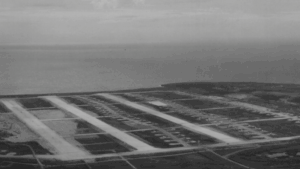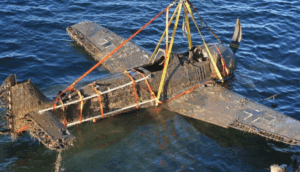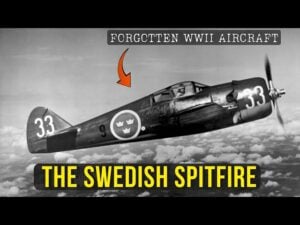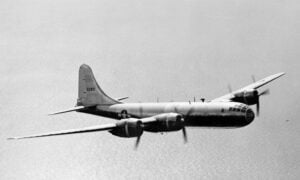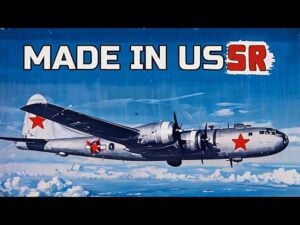The WWII Story of the Kamikaze Pilot’s Most Compassionate Moment on the USS Missouri

Battleship Missouri Memorial / YouTube
The Attack on the USS Missouri
On April 11, 1945, during the final stages of World War II, the battleship USS Missouri was attacked by several Japanese aircraft during the Battle of Okinawa. One kamikaze plane struck the starboard side of the ship, captured in a well-known photo just moments before impact. The attack caused damage, though the ship remained operational.
This event, while violent, became known for something more unexpected—a gesture of humanity. What happened after the attack would separate the USS Missouri from many other war stories told in the Pacific. The crew’s decision to honor the fallen enemy pilot left behind a moment remembered far beyond its time.

A Burial at Sea
The day after the crash, the ship’s captain, William Callaghan, made the rare decision to bury the Japanese pilot at sea with full military honors. It was not a common choice. Many in the crew did not agree with giving such respect to someone who had just attacked them. But the captain believed it was the right thing to do.
Callaghan had lost his own brother earlier in the war. Despite that, he insisted that the enemy pilot deserved a burial with dignity. Over time, many of the crew members would come to understand that the decision reflected strength and character, even in war.

The Ceremony and the Flag
The burial took place the following day on April 12, 1945. The pilot’s body was placed on a board and covered with a makeshift Japanese flag stitched together by three signalmen overnight. Six sailors carried the body to the edge of the ship while the chaplain read the service.
That same day, President Franklin D. Roosevelt died. Because of this, and the ongoing battle at Okinawa, the burial did not receive wide attention at the time. Only later did people fully realize the meaning behind the event.

Identifying the Pilot
Many years later, the pilot was identified as 19-year-old Suisei Ishino, a petty officer second class. His name and age added more weight to the story. He was barely out of his teens, following orders in a war that offered few choices.
Visitors today can still see the dent in the ship where his plane struck. Artifacts like the pilot’s scarf and parts of the plane—such as fuel gauges and a piece of wreckage with a bullet hole—have been donated by veterans’ families. Each item helps preserve the memory of that day.

A Message Preserved
The USS Missouri now serves as a museum, and the burial story is part of its daily tours. Exhibits include farewell letters written by kamikaze pilots to their families—notes filled with emotion and reminders of the human side of war. The burial of Suisei Ishino remains one of the ship’s most powerful stories, reminding visitors that even during conflict, acts of respect and compassion can still be found.















